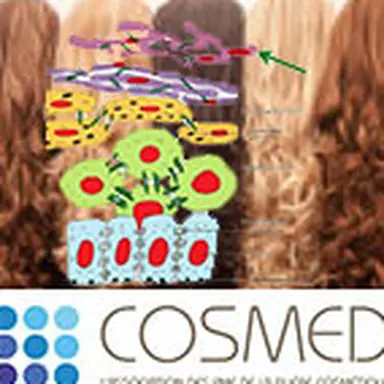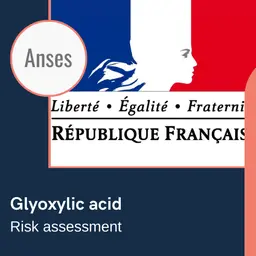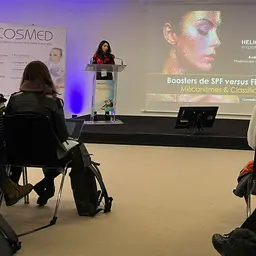
Seborrhoeic dermatitis and psoriasis are the two most common pathologies affecting the scalp, causing dandruff, scaly patches, and itching. At Cosmed's 14th Day of Scientific and Technical Exchanges (JEST), Dr Michèle Sayag, allergologist and director of medical strategy at Bioderma laboratories, described the mechanisms and provided a review of cosmetic actives of value in fighting the clinical manifestations of these pathologies.
Seborrhoeic dermatitis is a scaly rash that affects approximately 2% of the population and 30 to 80% of immunodepressed people. This chronic, relapsing condition is slightly more common in men than in women, and it primarily affects the face and scalp. The mild, noninflammatory form, which manifests as dandruff, is much more frequent as it affects 50% of the population.
Psoriasis is a chronic, scaly rash affecting areas of friction. Between 1 and 5% of the population suffers from it. It affects men and women equally with a genetic predisposition in half of all cases. It is often revealed by environmental factors, with phases of relapse (red patches covered in white scales) alternating with phases of remission. The scalp alone is affected in 20% of cases, but in most cases 'bastion' areas are also affected: elbows, the front of the knees, the lumbar region, etc. There is no cure for this pathology; treatments are only able to control the most severe manifestations.
Physiopathology of seborrhoeic dermatitis
Three key factors characterize seborrhoeic dermatitis.
A hyper-proliferation of Malassezia
Malassezia is a keratinophilic, lipophilic yeast that is saprophytic (meaning it obtains nutrients from dead organic matter). Sebum promotes its proliferation, even when hyper-seborrhoea …













